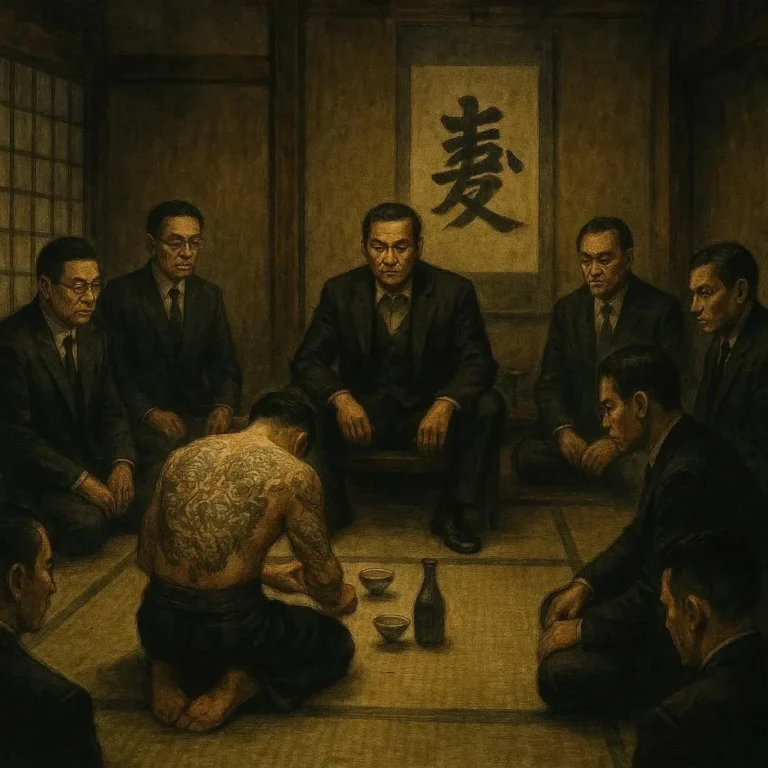507 views The Women Who Broke Boundaries as Female Samurai
Unveiling the Forgotten History of Female Samurai Warriors
In feudal Japan, the samurai class was predominantly male, but history reveals a lesser-known narrative of women who took up arms, defied conventions, and carved their names into the annals of time. These female samurai, or onna-bugeisha, were warriors who broke societal boundaries, proving their prowess in battle and their strength in character. This blog post delves into their stories, achievements, and the reasons their contributions were often overlooked.
Who Were the Female Samurai?
Female samurai were members of the samurai class who, despite societal expectations, trained in martial arts and combat. These women were typically from noble or warrior families and were trained in the use of weapons such as the naginata (a glaive-like weapon) and the katana (a curved sword). Their roles were not limited to battle; many also served as leaders, strategists, and protectors of their households.
While their contributions were significant, the stories of female samurai are often eclipsed by those of their male counterparts. This is largely due to the patriarchal nature of feudal Japanese society, where women’s roles were often confined to domestic duties. However,历史记录和传说告诉我们,这些女性在战场上和战场外都发挥了重要作用。
Notable Female Samurai in History
1. Tomoe Gozen
Tomoe Gozen is one of the most famous female samurai in Japanese history. A skilled warrior and companion of the legendary general Minamoto no Yoshinaka, Tomoe Gozen is celebrated for her bravery during the Genpei War (1180–1185). According to the Heike Monogatari (The Tale of the Heike), she was known for her exceptional strength, archery skills, and battlefield tactics. Her story is a testament to the capabilities of female warriors in a male-dominated era.
Read more about Tomoe Gozen on Wikipedia.
2. Nakano Takeko
Nakano Takeko was a female samurai who lived during the late Edo period (1603–1867). She is famous for her role in the Boshin War (1868–1869), where she led a group of female warriors into battle. Takeko was known for her mastery of the naginata and her unwavering determination. Sadly, she died in battle at the age of 21, but her legacy endures as a symbol of female strength and resilience.
3. Tachibana Ginchiyo
Tachibana Ginchiyo was a prominent female daimyō (feudal lord) and samurai who inherited her father’s domain at the age of 17. She is known for her leadership during the Siege of Yanagawa (1600), where she successfully defended her territory against a rival clan. Ginchiyo’s intelligence and strategic skills earned her the respect of her peers and solidified her place in Japanese history.
4. Onamihime
Onamihime was another notable female samurai who fought alongside her husband during the Sengoku period (1467–1603). Her name, which translates to “Princess of the Rock,” reflects her strong and steadfast character. Onamihime is remembered for her valiant efforts in protecting her family’s lands and her unwavering loyalty to her clan.
The Art of Warfare and Their Role in Battles
Female samurai were trained in various martial arts and weapons, with the naginata being their primary weapon due to its practicality in close combat. The naginata was also seen as a more “feminine” weapon, though it required immense strength and skill to wield effectively. In addition to combat, these women were also educated in literature, poetry, and etiquette, making them well-rounded individuals.
In battles, female samurai often fought alongside male warriors, displaying their prowess and bravery. Their involvement was not limited to self-defense; they also played strategic roles in planning and executing military campaigns. Despite their contributions, their roles were often underappreciated and overshadowed by the achievements of their male counterparts.
Why Female Samurai History is Overlooked
The history of female samurai is often overlooked due to the patriarchal nature of feudal Japanese society. Women’s roles were primarily confined to the domestic sphere, and their contributions to warfare and leadership were frequently ignored or minimized in historical records. Additionally, the decline of the samurai class during the Meiji Restoration (1868) led to a loss of interest in samurai history in general, further marginalizing the stories of female warriors.
However, in modern times, there has been a growing interest in uncovering the stories of female samurai. Historians and researchers are working to shed light on their achievements and challenge the stereotypes that have long obscured their contributions.
The Significance of Their Legacy Today
The legacy of female samurai serves as an inspiration to women around the world, proving that strength and leadership are not confined by gender. These women broke societal boundaries and defied expectations, showing that determination and courage can overcome even the most daunting challenges.
Moreover, their stories highlight the importance of inclusivity in historical narratives. By recognizing the contributions of female samurai, we gain a more complete understanding of Japanese history and the diverse roles that women have played in shaping societies.
Conclusion: Celebrating the Forgotten Warriors
The stories of female samurai remind us that history is not just the story of men, but also of women who dared to challenge norms and break boundaries. From Tomoe Gozen to Nakano Takeko, these women left an indelible mark on Japanese history, proving that they were just as capable and courageous as their male counterparts.
As we continue to uncover and celebrate their stories, we honor their legacies and ensure that their contributions are not forgotten. Let us remember these remarkable women and draw inspiration from their strength and resilience.
Call-to-Action
If you found this article fascinating, share it with others to spread awareness about these extraordinary women. Are there other historical figures you’d like to learn more about? Let us know in the comments below!
Frequently Asked Questions (FAQs)
1. Did female samurai actually exist?
Yes, female samurai, or onna-bugeisha, were real historical figures in Japan. They were trained in martial arts and played significant roles in warfare and leadership, particularly during the samurai era.
2. What weapons did female samurai use?
Female samurai primarily used the naginata, a glaive-like weapon, and the katana, a curved sword. They were also skilled in hand-to-hand combat and archery.
3. Were female samurai common?
Female samurai were not common, as societal norms limited women’s roles to domestic duties. However, some women from noble or warrior families did train and fight, leaving behind a legacy of strength and determination.
4. How did the decline of the samurai class affect female warriors?
The decline of the samurai class during the Meiji Restoration led to a loss of interest in samurai history, further marginalizing the stories of female warriors. However, modern research is working to revive their legacies.
5. What is the significance of studying female samurai today?
Studying female samurai today helps challenge gender stereotypes and provides a more inclusive understanding of history. Their stories inspire women and girls to pursue their goals with courage and determination.
By embracing the stories of female samurai, we honor their memories and ensure that their contributions are never forgotten.







